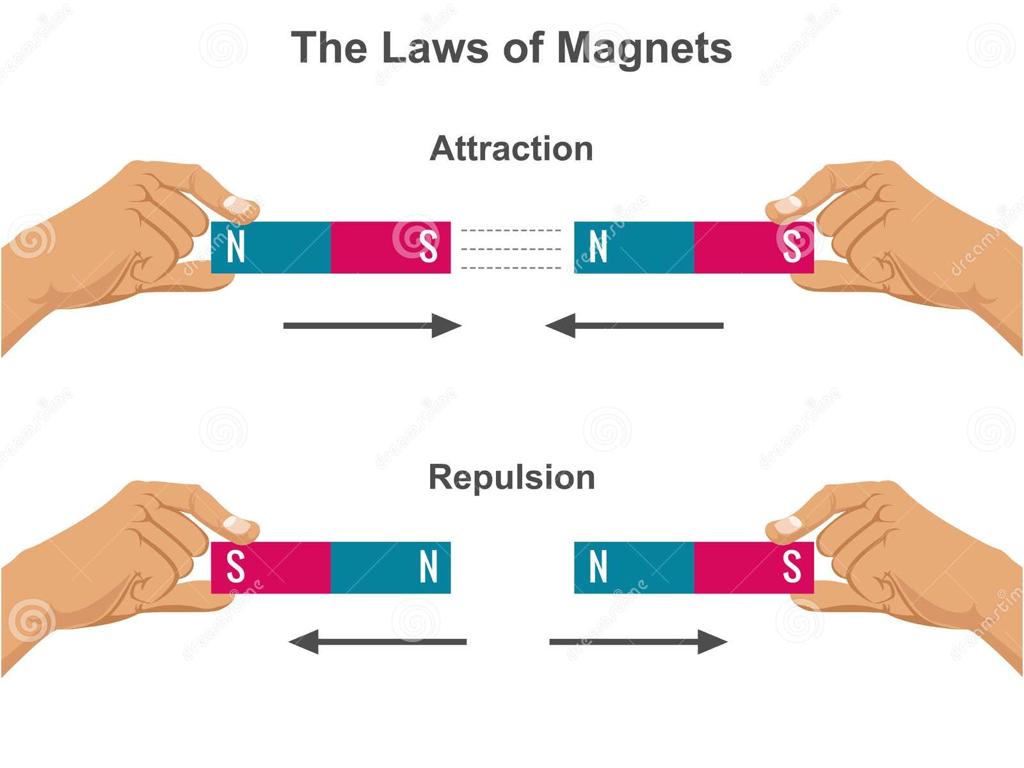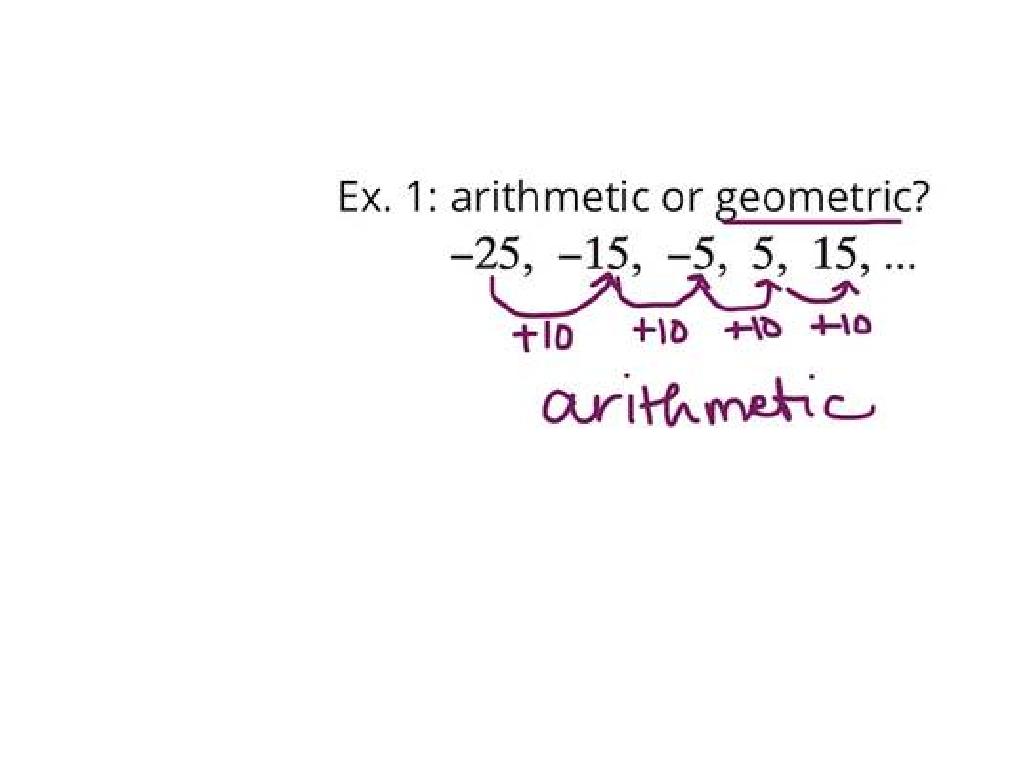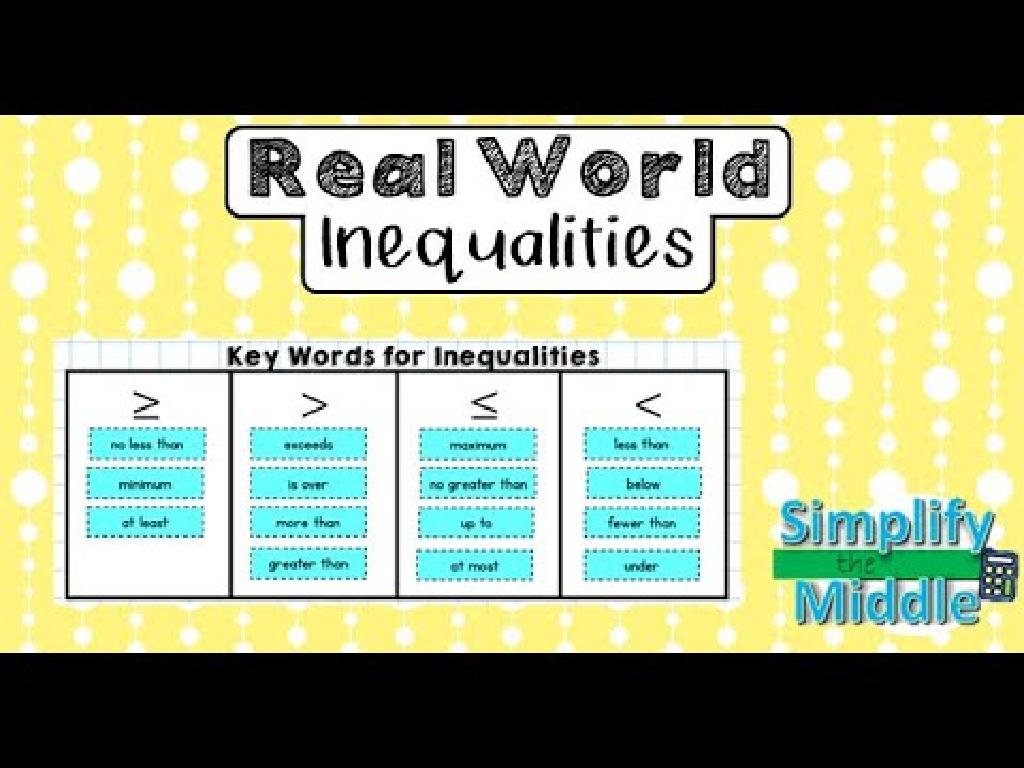Divide By 10
Subject: Math
Grade: Third grade
Topic: Division Skill Builders
Please LOG IN to download the presentation. Access is available to registered users only.
View More Content
Today’s Adventure: Divide by 10!
– What is division?
– Division is splitting into equal parts or groups.
– Dividing numbers by 10
– When we divide by 10, the number gets smaller.
– Division represents sharing
– It’s like sharing 10 cookies with 10 friends, everyone gets 1.
– Importance of division skills
– Helps us in daily life, like sharing snacks or buying supplies.
|
This slide introduces the concept of division as a form of sharing equally among a number of parts. Emphasize that division is not just about numbers; it’s a skill used in everyday life. When dividing by 10, each digit in the original number moves one place to the right, making the number ten times smaller. Use real-life scenarios such as sharing items or dividing groups to illustrate the concept. Encourage students to think of division as a fair way to distribute things evenly. Understanding division by 10 will build a foundation for more complex division skills in the future.
Understanding Division: Divide by 10
– Division: Splitting into equal groups
– Opposite of multiplication
– Example: 10 ÷ 2 = 5
– If we have 10 apples and 2 baskets, we put 5 apples in each.
– Practice dividing numbers by 10
– Let’s try 20 ÷ 10 or 50 ÷ 10 together!
|
This slide introduces the concept of division to third-grade students by explaining it as the process of splitting numbers into equal parts or groups. It’s important to emphasize that division is the reverse operation of multiplication. Use simple examples like sharing apples between baskets to illustrate the concept. After explaining with 10 ÷ 2 = 5, encourage students to practice with multiples of 10, as dividing by 10 is a foundational skill in mathematics. Provide several examples and guide them through the process, ensuring they understand that dividing by 10 always gives one-tenth of the original number. This sets the stage for more complex division problems and helps build their division skill set.
Dividing by 10: Making Things Smaller
– Dividing into 10 equal parts
– Imagine splitting a pizza into 10 slices.
– Each part is one-tenth
– If a whole pizza is 10/10, one slice is 1/10.
– Dividing by 10 reduces size
– Like turning $10 into 10 $1 bills.
– Practice with real objects
– Use items like coins or blocks to divide.
|
This slide introduces the concept of division by 10 to third-grade students. Start by explaining that dividing by 10 means splitting something into 10 equal parts, and each part is 1/10th of the original amount. Emphasize that when we divide by 10, the number becomes smaller because we are sharing it equally among more parts. Use relatable examples like dividing a pizza or money to illustrate the concept. Encourage hands-on practice with real objects to solidify understanding. This visual and tactile approach helps students grasp the concept of division as making things smaller and more manageable.
Easy Tricks for Dividing by 10
– Move decimal point left
– Shift the decimal one spot to the left to divide by 10.
– No decimal ends in zero
– Example: 100 ÷ 10 = 10
– Removing the zero gives us 10.
– Example: 20 ÷ 10 = 2
– Removing the zero gives us 2.
|
When teaching third graders to divide by 10, emphasize the simplicity of the process. Moving the decimal point one place to the left is a visual and easy-to-remember trick for dividing any number by 10. If the number does not have a visible decimal, explain that it is assumed to be at the end of the number, and thus, the number ends in a zero when divided by 10. Use examples like 100 ÷ 10 and 20 ÷ 10 to illustrate this concept. Encourage students to practice with different numbers and to check their understanding by multiplying the result by 10 to see if they get the original number.
Let’s Practice Division by 10!
– Solve: 50 ÷ 10
What is 50 divided by 10? Use your division skills.
– Solve: 30 ÷ 10
Now try dividing 30 by 10. Remember the steps.
– Discuss your methods
Talk with a classmate about how you found the answers.
– Share your answers
|
This slide is designed for an interactive class activity where students apply their division skills to solve problems involving dividing by 10. Start by having the students work on the first problem, 50 divided by 10, individually. Then, move on to the second problem, 30 divided by 10. After solving both problems, students should pair up to discuss the strategies they used to find the answers. This peer discussion reinforces their understanding and allows them to learn from each other. As a teacher, circulate the room to listen to discussions and provide guidance where necessary. Encourage students to explain their reasoning and to understand that dividing by 10 essentially means moving the decimal point one place to the left or removing one zero from the end of the number if it’s a multiple of 10.
Dividing by 10: Real-Life Examples
– Sharing 10 candies with 10 friends
– Each friend gets 1 candy
– Buying pencils with 10 dollars
– You can buy 10 pencils
|
This slide provides practical examples to help students understand the concept of division by 10. The first example involves dividing 10 candies among 10 friends, which illustrates that when a quantity is divided equally among the same number of people, each person gets one unit of that quantity. The second example shows that if you have 10 dollars and each pencil costs 1 dollar, you can buy 10 pencils. This reinforces the idea that dividing by 10 gives you the number of items you can purchase if each item costs 1 dollar. These examples are relatable and straightforward, making the concept of division by 10 tangible for third-grade students. Encourage the students to think of similar situations where they divide items by 10 and to discuss these examples in class.
Class Activity: Division Relay!
– Form groups of 10 students
– Each group receives 10 objects
– Divide objects equally among the group
– Every student should get 1 object
– First team to finish wins a point
|
This activity is designed to help students understand the concept of dividing by 10 in a fun and interactive way. By working in groups, students will be able to physically divide objects and see the results of their division. It’s important to ensure that each group has exactly 10 objects to start with. The teacher should monitor the activity to confirm that each student receives exactly one object, reinforcing the concept that 10 divided by 10 equals 1. Possible objects to use could be pencils, erasers, or blocks. The competitive element of the relay will engage students and encourage teamwork. After the activity, discuss with the class how dividing by 10 simplified the distribution process.
Homework Challenge: Mastering Division by 10
– Finish the ‘Divide by 10’ worksheet
– Create your own ‘Divide by 10’ problems
– Think of numbers easily divided by 10
– Share your problems in class
– We’ll discuss your problems as a class
– Practice makes perfect!
|
This homework challenge is designed to reinforce the concept of dividing by 10. The worksheet provided will have a variety of problems to ensure students understand the process. Encourage students to be creative when they create their own division problems, using numbers that are multiples of 10 to keep it simple. Remind them that the goal is to become comfortable with division. In the next class, students will have the opportunity to share their problems, fostering a collaborative learning environment. This will also allow you to assess their understanding of the concept. As a teacher, be prepared to provide feedback and additional examples if necessary.
Congratulations on Mastering Division by 10!
– Celebrate learning to divide by 10
– Keep practicing the tricks at home
– Use worksheets and online games for practice
– Aim to become division masters
– Review and practice for mastery
– Consistent practice is key to mastering division
|
This slide is meant to congratulate the students on their hard work and encourage them to continue practicing at home. Remind them of the strategies they’ve learned for dividing by 10, such as moving the decimal point one place to the left or dropping the last digit for whole numbers. Encourage them to use resources like worksheets and educational games to reinforce their skills. Emphasize the importance of regular practice to become confident in their division abilities. As they continue to practice, they will build a strong foundation for more complex mathematical concepts.





